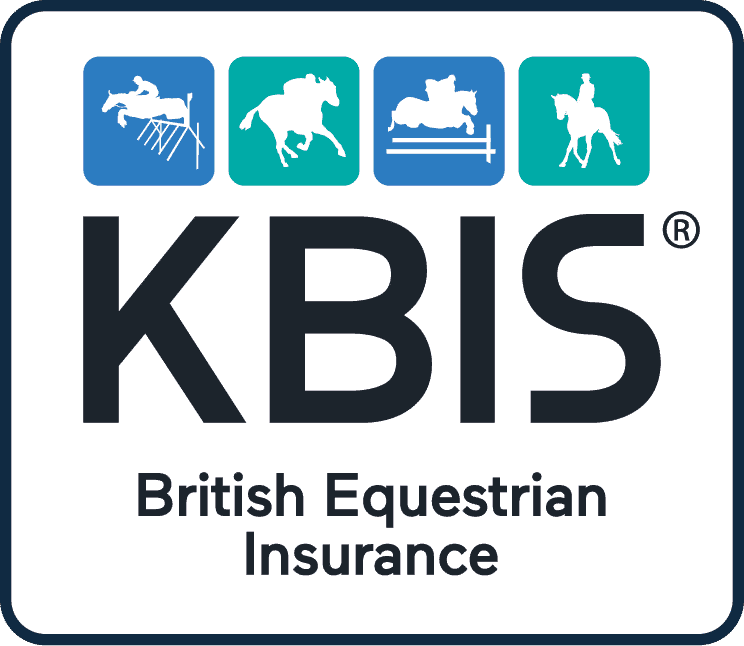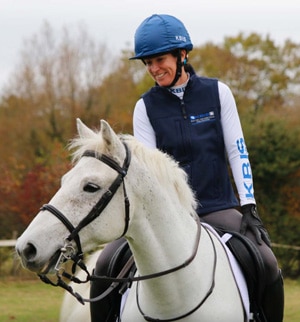As temperatures drop and coats fluff up, many horse owners start to reach for the clippers. Clipping during the colder months is a great way to prevent horses from overheating and sweating too much when they are exercised, keeping them more comfortable. However, there are many different types of horse clips so it can be tricky trying to decide which is best.
In this article, we look at the different horse clip styles and what they are suitable for to help you make an informed decision for your four-legged friend.
Which horse clip is right for my horse?
Before picking the type of horse clip, it’s important to think about it beyond the aesthetic point of view. Where some pick the hunter or full clip for the smarter appearance, you should be thinking about whether this type of clip is suitable for your equine and their routine.
Ask yourself the following questions when choosing a horse clip style:
- How often will your horse be turned out during the winter? Those that are out 24/7 should have a lighter clip than those that kept in more during the winter.
- How much work is your horse in? Competition horses and those in heavy work will need a larger clip to keep sweating at bay, whereas the average happy hacker should have a much smaller one.
- What rugs do you have access to? If you only have lighter rugs and are not in a position to buy heavier ones, it will be best to choose a very light clip.
- How sweaty does your horse get? If you have a horse that tends to sweat profusely during exercise, they will probably find it more comfortable to have a larger clip.
- How cold does your horse get? Older horses and breeds such as Arabs will feel the cold more, therefore they may be more comfortable with a lighter clip.
- How comfortable is your horse with clipping? Very young or nervous horses will be much more comfortable with a smaller clip to build their confidence.
Types of horse clip
There are seven basic types of horse clips which often get tailored based on personal preference and the horse in question, these are:
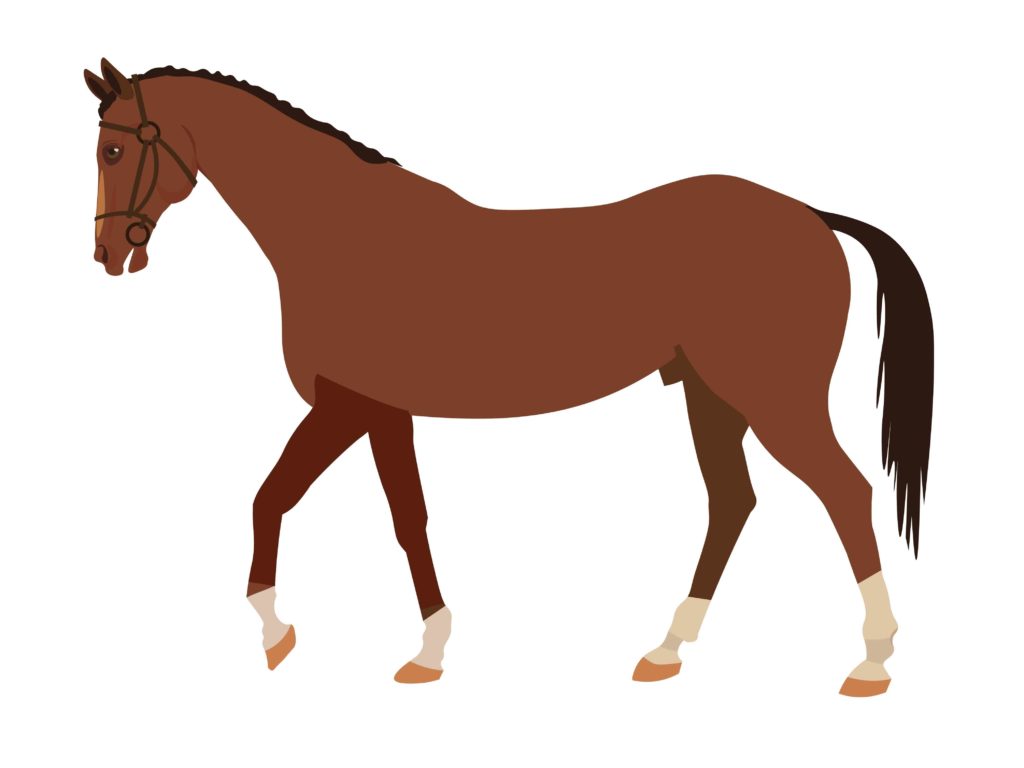
1. Full clip
The full horse clip is where hair from all over the body is removed including the legs, head and even ears. No warmth will be provided by the coat and horses will feel the cold a lot more. Additionally, there will be no protection from the elements which means there will be an increased risk of rain scald and mud fever. The full horse clip is only recommended for horses in hard, consistent work as sweating will be kept to a minimum.
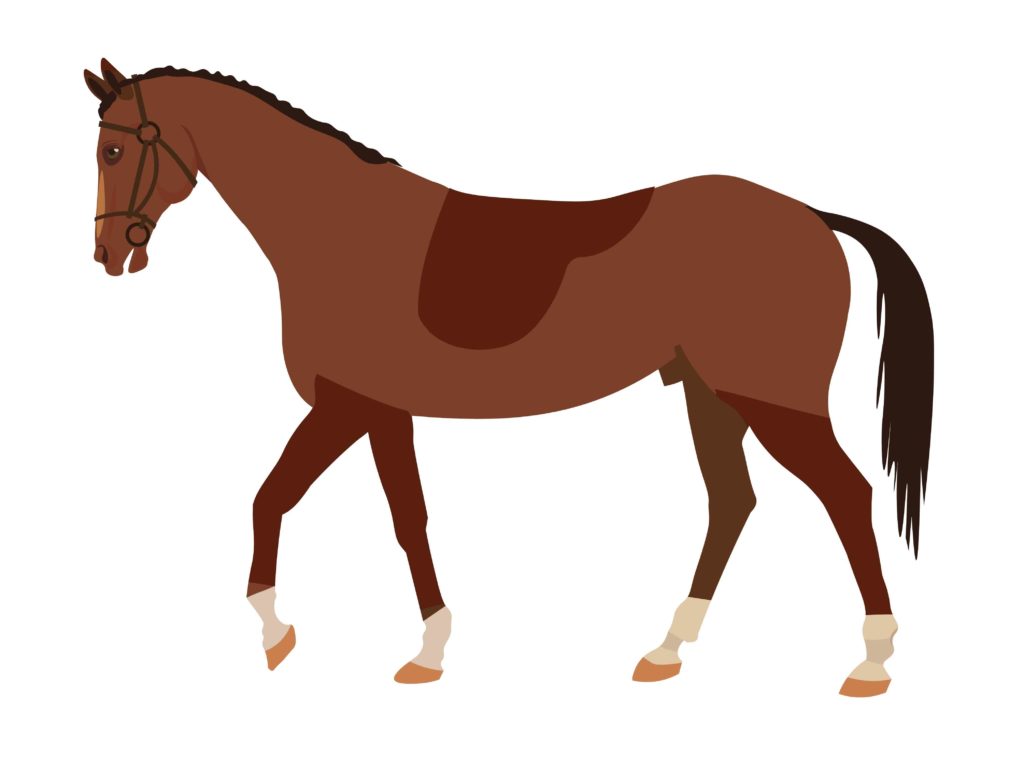
2. Hunter clip
The hunter clip for horses is one of the most popular options. Most of the coat is removed but a patch is left in the shape of the saddle for protection and the legs are unclipped to keep them warm and protected from mud. Sometimes the head is fully clipped, but often it’s left half clipped for added warmth. Usually, the hair down the back of the legs is trimmed for a tidier appearance. The hunter horse clip is suitable for those in medium to hard work.
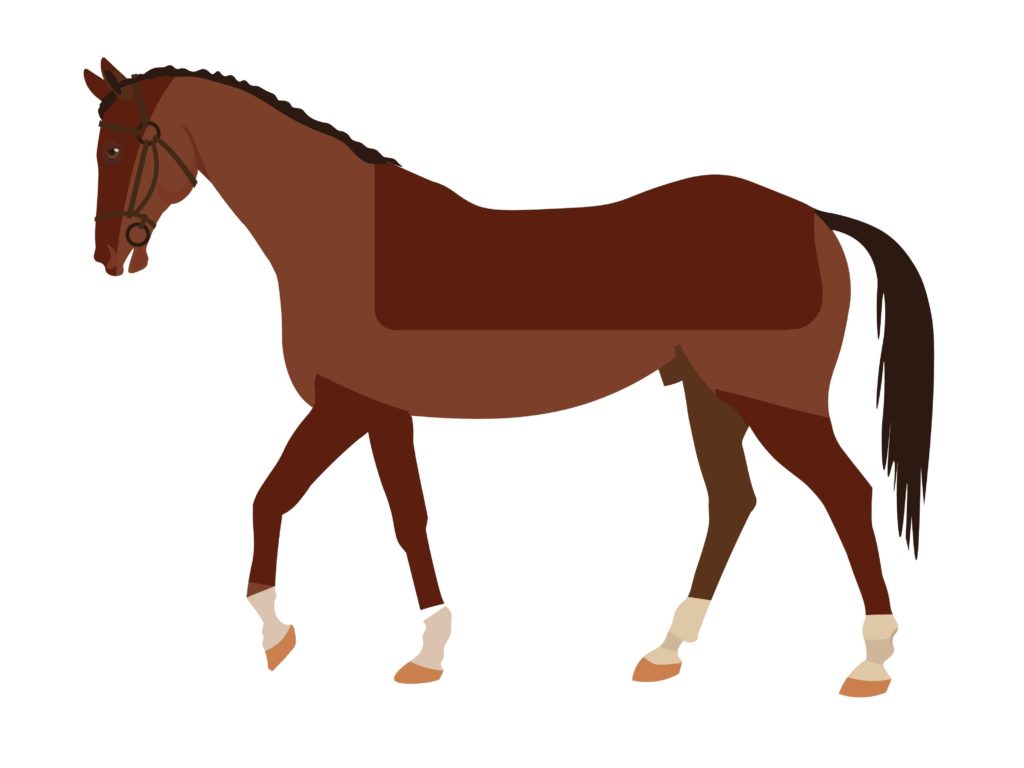
3. Blanket clip
A horse blanket clip is where the body is clipped but a rectangle is left on the back in the shape of a ‘blanket’, right where an exercise sheet would sit. The legs and half of the face are also left for warmth and protection from the elements. The blanket clip is an ideal choice for those in medium work.
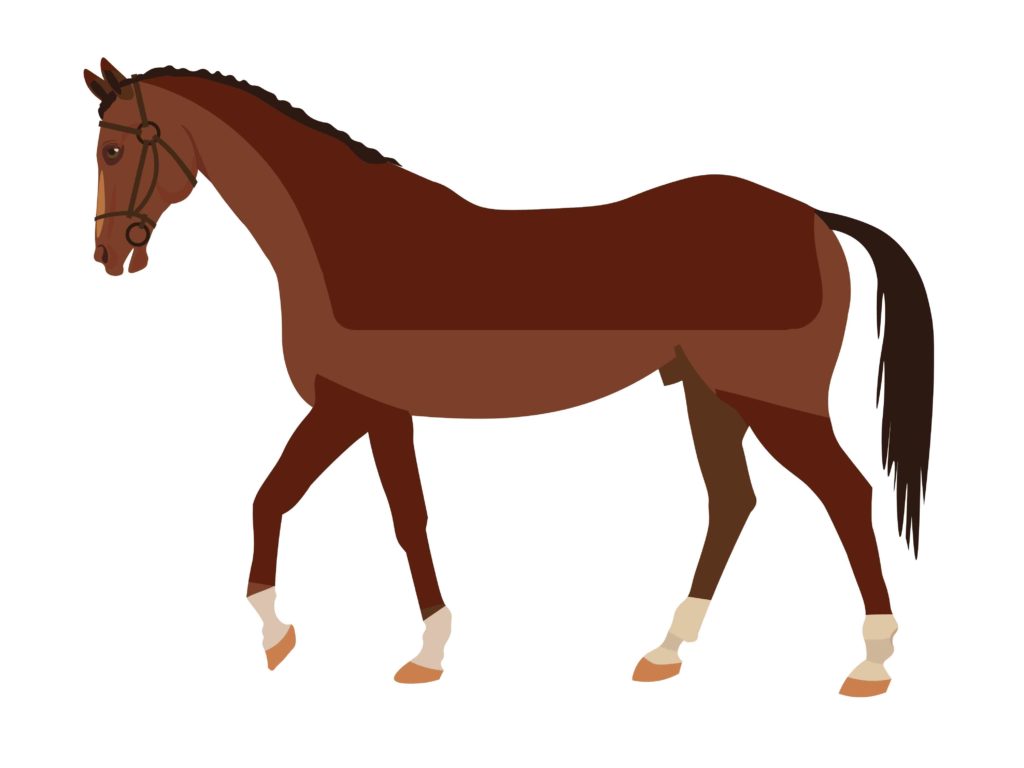
4. Chaser clip
The chaser clip is similar to a horse blanket clip, but the top of the neck is also left to keep the muscles warm. This horse clip style is great for those in medium as it removes hair from the areas that sweat the most, but plenty of coat is left for warmth and protection.
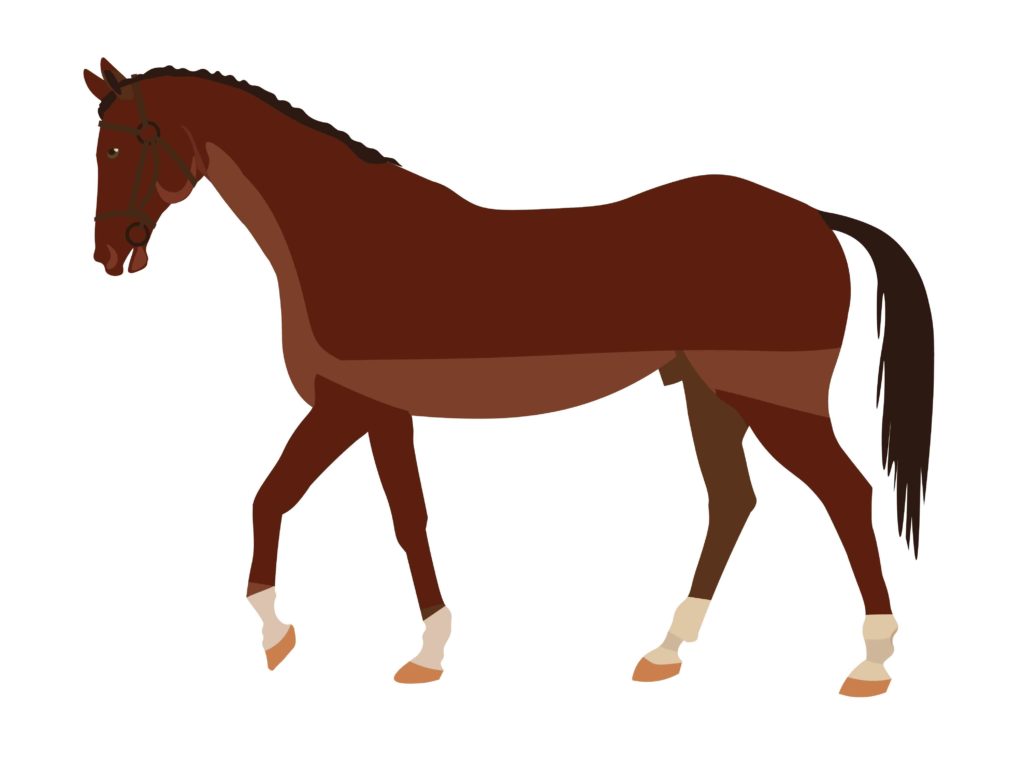
5. Trace clip
A horse trace clip is where half the hair on the neck is removed, as well as from the underside of the belly and between the back legs so the outline of the horse appears ‘traced’. This clip is a good choice for those in moderate work, It ensures most of the coat is left for warmth and protection with only the hair from the sweatiest parts being removed.
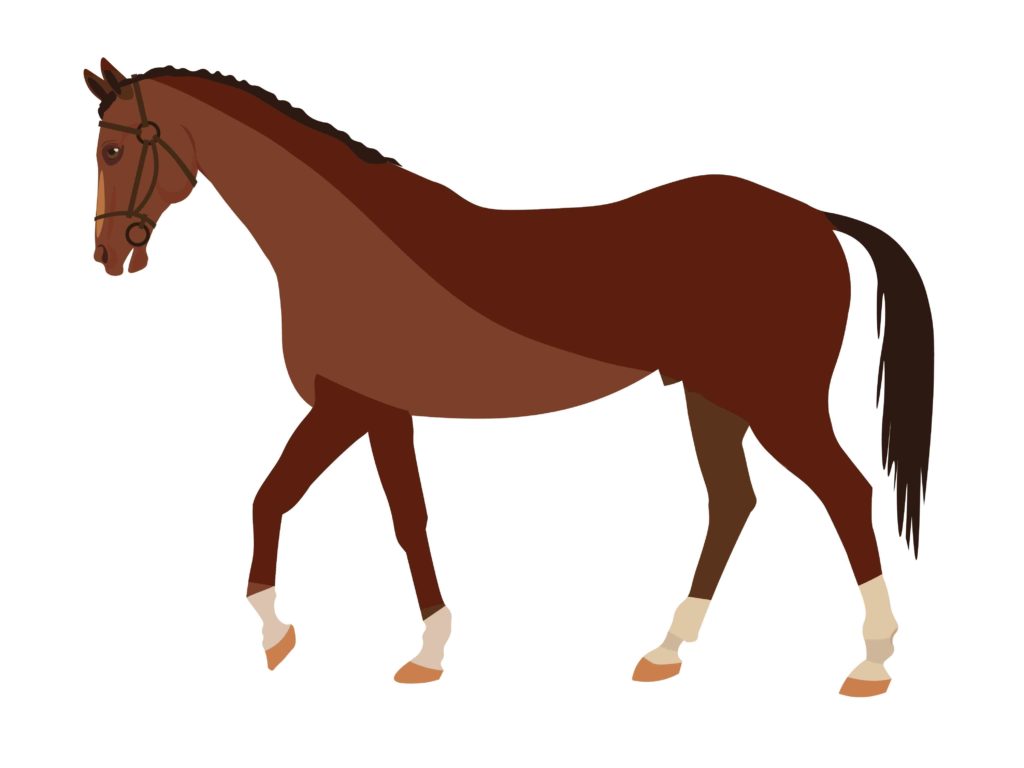
6. Irish clip
An Irish clip involves removing the hair from the face, half the neck, shoulders and girth areas, the regions where the horse sweats the most. It is very quick to do which makes it suitable for younger horses that are getting used to being clipped. This type of horse clip is best suited to those in lighter work such as light schooling or hacking a few times a week as the hair is left in the areas where they need it most.
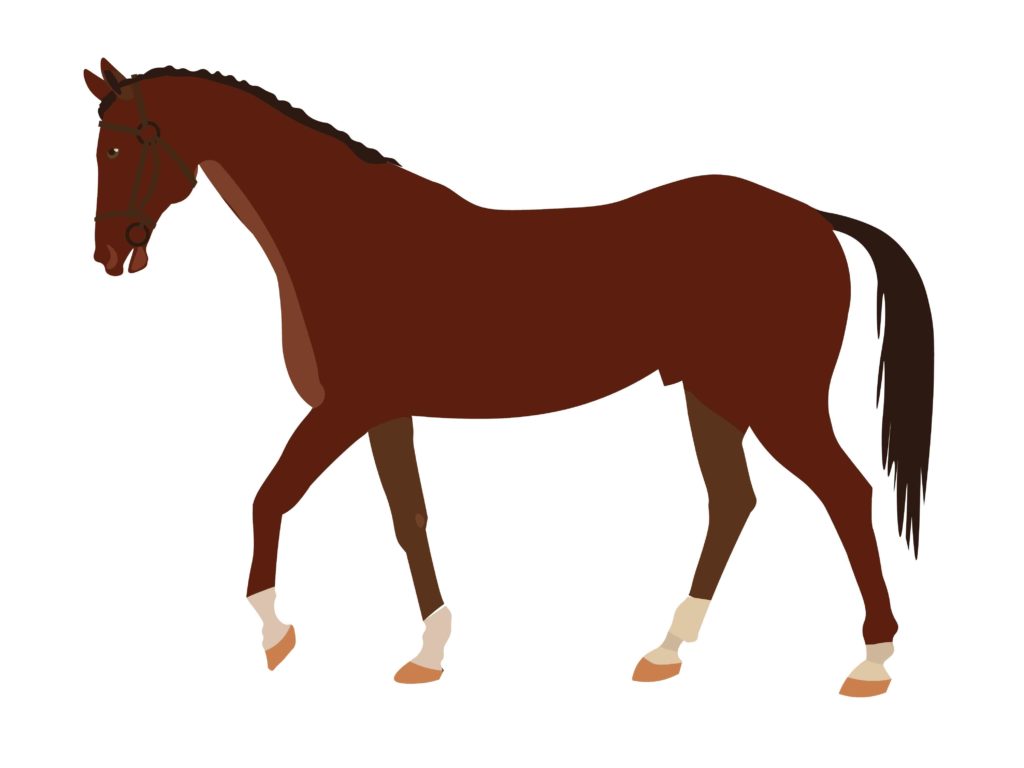
7. Bib clip
The bib clip for horses is the smallest style as only the hair is removed from the front of the neck and chest, however, sometimes this is extended a little to the girth area too. Bib clips are ideal for those in light work or young or nervous horses having their first clip as only a small amount is removed.
That’s our guide to the different types of horse clips and how to choose what’s best. When thinking about clipping, it’s also important to think about how you rug your horse through the colder months. Read our guide on winter rugging, next.
